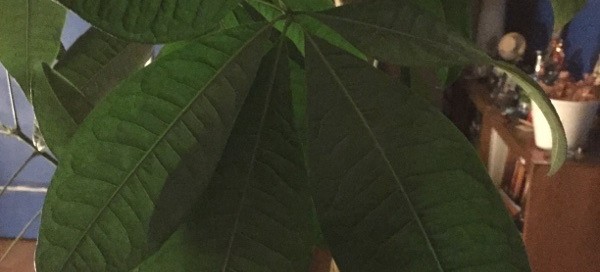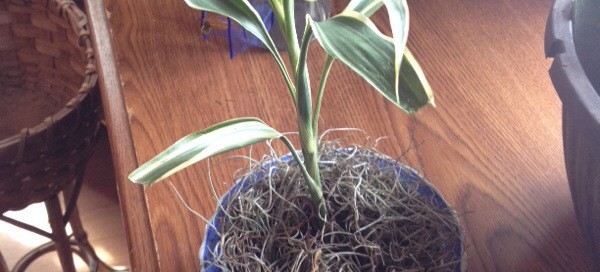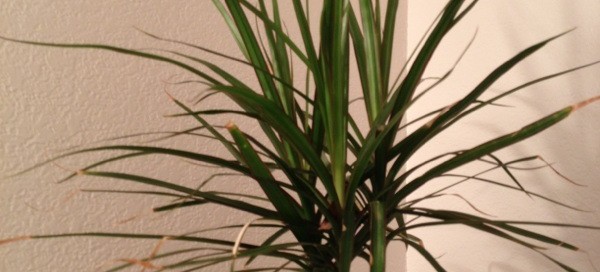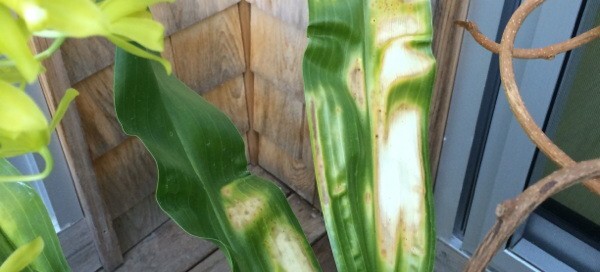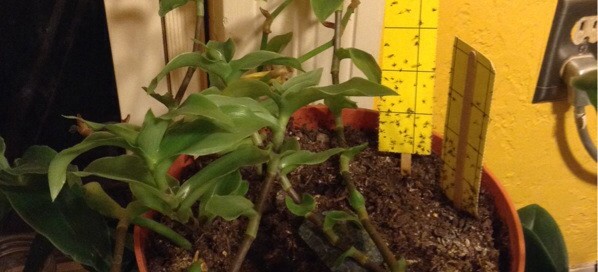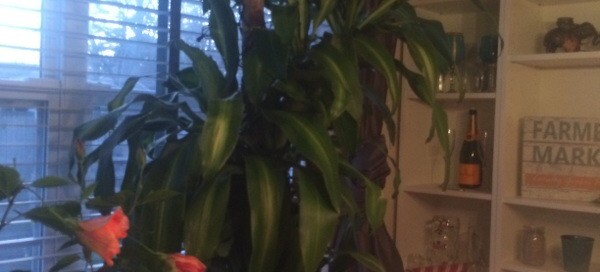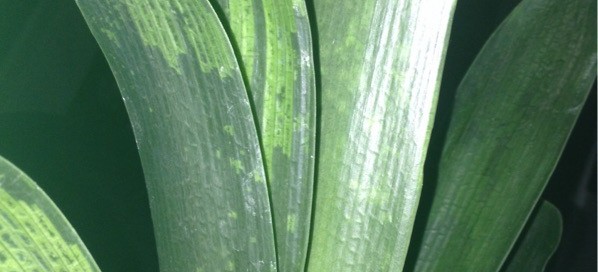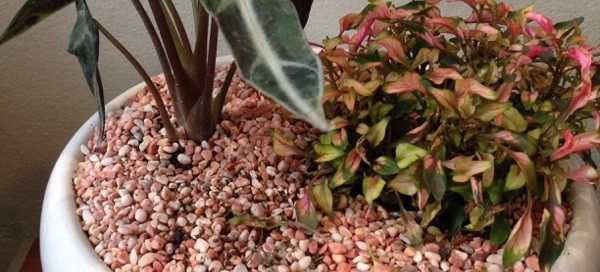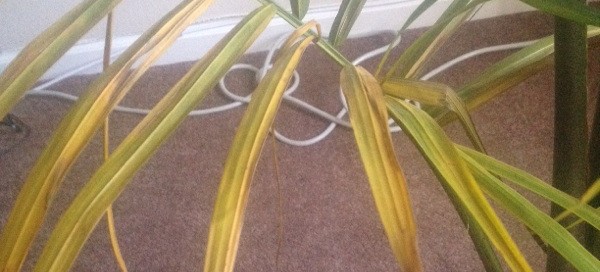Stem Cutting Propagation
You can re-cut the stem about 5-6 inches below the longest leaves, remove the damaged leaves (that were previously cut back) from the stem being careful not to damage the stem. Place this cut stem in moist soil, firm the soil around the stem so that it stands up-right, place in a brightly lit location (indoors is fine - out of direct sunlight) and wait for roots to form on the stem (below the soil). Do not water the soil again until it feels dry up to the middle of your index finger. These plants will usually form roots in about 8 weeks. You can tell when roots have formed by giving a slight upward tug on the stem - if it feels "caught" then you have roots. Care for the rooted stem like most any house plant - do not overwater!

